Projects
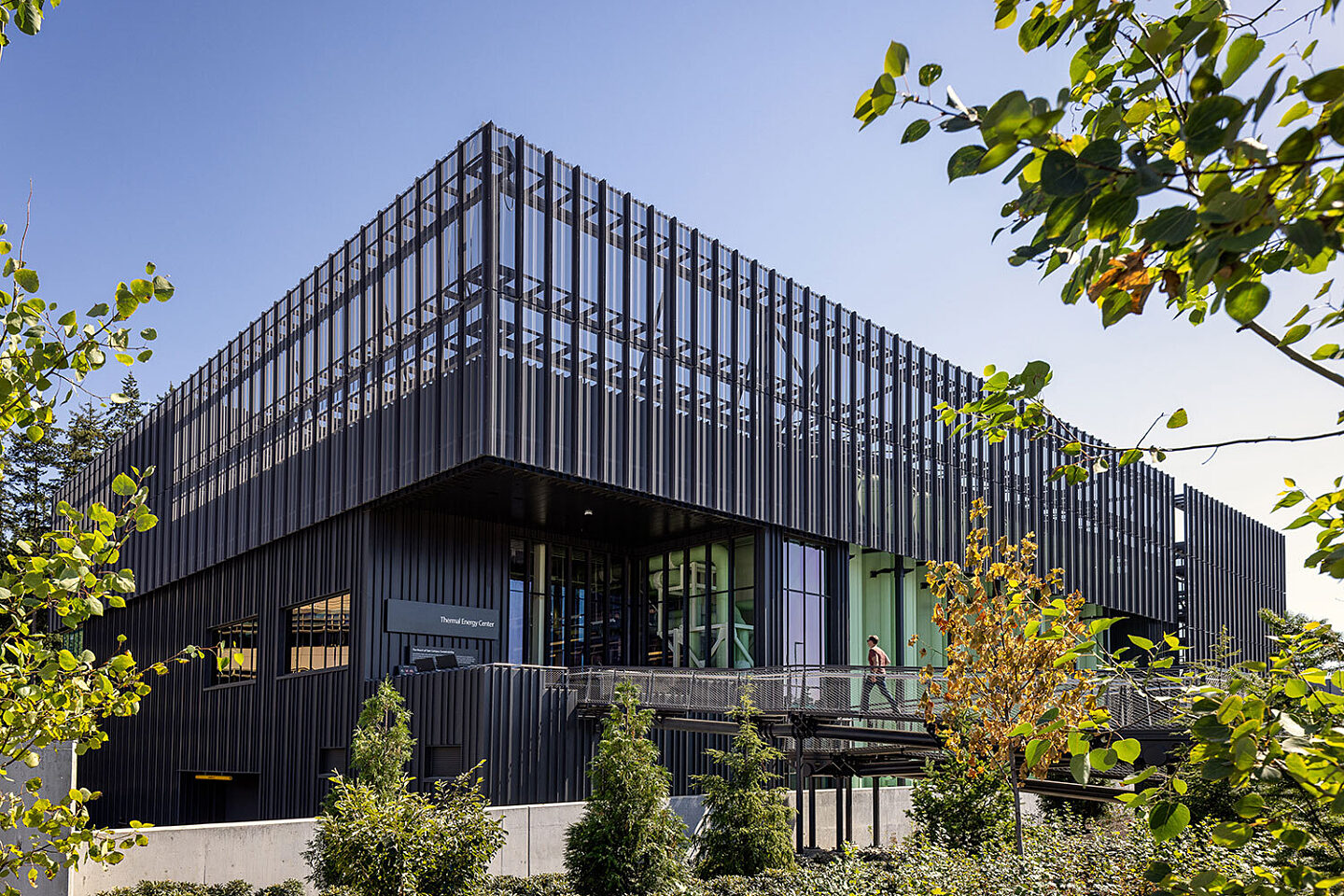
News 12.11.2023
Northwest Project of the Year 2023: Microsoft Thermal Energy Center
The Microsoft Thermal Energy Center is ENR NW's Project of the Year.
ENR NW
External Source


It may feel like we just adopted the 2018 Washington State Energy Code [WSEC], but in less than a year, on July 1, 2023, the 2021 WSEC takes over.
This is a critical step in progressing toward our state's 2030 mandate: zero fossil fuel emissions in new construction and 70% less energy use than the 2006 code allowed. We can’t hit these goals without committing to significant changes in what we build.
The update involved many efforts:
It was a grueling but fulfilling process; there’s no doubt the changes will impact our built environment for generations to come.
The updated code is a dense 300 pages, so I’ve summarized what I think are the major changes and their implications below. I encourage you to dig in to the full code release and check out the process and public comments and reach out to me with questions.
Of the more than 100 updates, five will influence our work the most—whether you're a developer, a designer, or a contractor pricing, procuring, and building new projects. There's also a major update to the current 2018 building code that impacts parking requirements as we know them. I provide more detail on that in a bonus #6 below.
Electric resistance and fossil fuel-fired HVAC equipment is no longer allowed for primary space heating in new construction. Instead, you must install air-to-water heat pumps, air-to-air heat pumps, variable refrigerant flow [VRF] systems, split systems, and/or ground-source heat pumps to heat buildings under the 2021 WSEC.
There are two notable exceptions—both occurring in Eastern Washington [ASHRAE Climate Zone 5]: Fossil fuel can supplement heating when outside temperatures are below 36°F. Fossil fuels can also be used to heat kitchen make-up air. Why? The available alternatives to electric resistance and fossil fuel fired HVAC equipment simply aren’t yet powerful enough to work well in such cold temperatures.
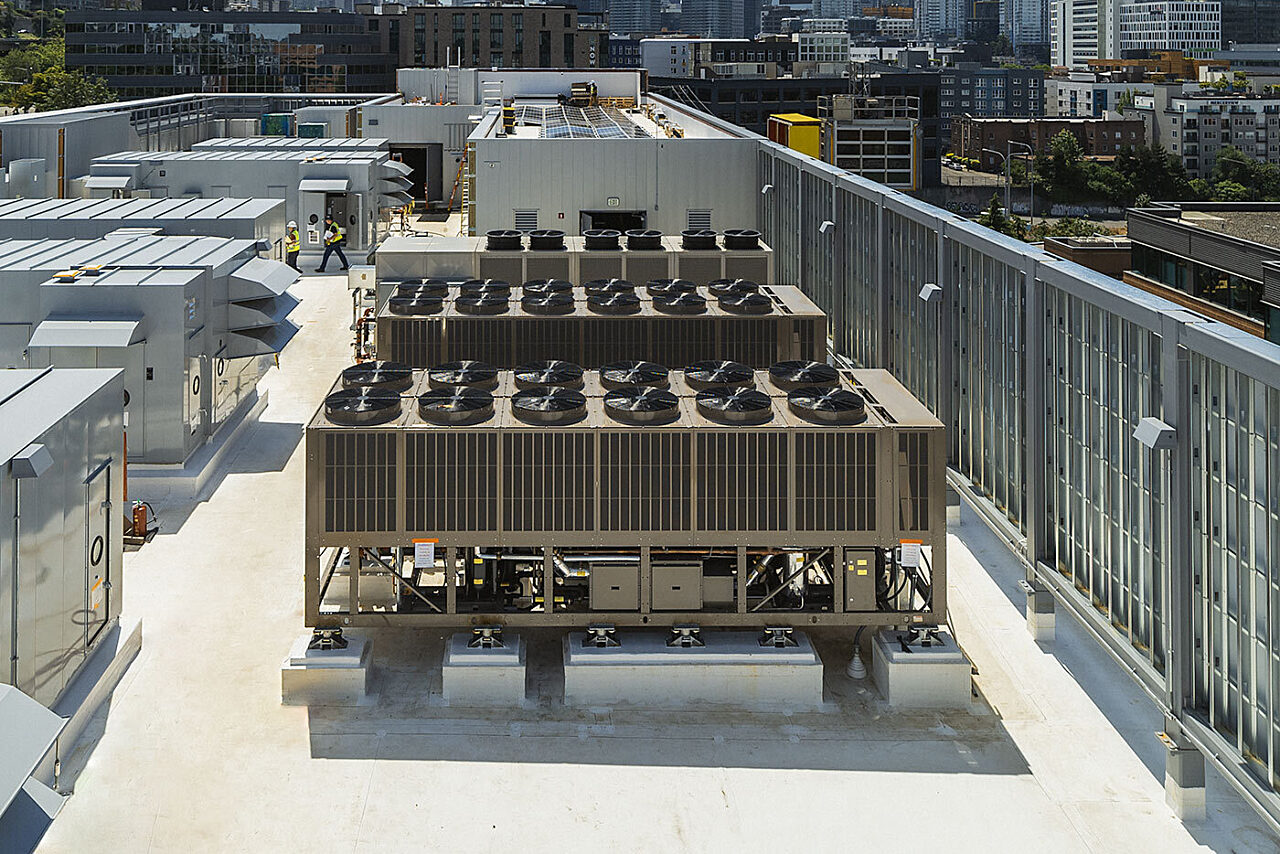
Demand for heat pumps, VRF systems, and split systems will increase over the next several years once the 2021 WSEC goes into full effect. Plan far in advance to procure desired systems and stick to your project's schedule.
Domestic hot water is in the same boat as space heating. Air-source heat pump water heaters will replace electric resistance and fossil fuel-fired equipment for primary water service in new construction. Primary service is defined as 50% of the domestic hot water load at 40°F outdoor air temperature. The remaining 50% can be provided by fossil fuel, electrical resistance, or heat pump.
There are several exceptions to this requirement: all-electric resistance in certain applications, including essential I-2 [hospitals, nursing homes] and I-3 [prisons, correctional facilities] occupancies with “have-to-have” redundant systems, and applications that include district energy.
Maximum U-values for fixed and operable windows in curtain walls decreases from U-0.38 to U-0.34 and U-0.40 to U-0.36 respectively. U-values measure the heat transmitted through a wall or window—so the lower the number, the better the insulation. This requirement applies to window-wall ratios of 30% and below.
The code still allows up to 40% vision glass using high-efficiency fenestration with fixed U-values lowered from 0.34 to 0.31 and solar heat gain coefficients no more than 0.9 times the maximum value per code.
Simply put, a building envelope needs to be more efficient.
Buildings with over 10,000 square feet of conditioned floor area need to generate 0.5 watts per square foot or 1.7 BTU per square foot via onsite renewable sources—or purchase offsite renewable energy at a reduced multiplier. Unless you have access to a wind farm or geowells this new requirement means you must install photovoltaic [solar] panels.
The code allows three exceptions:
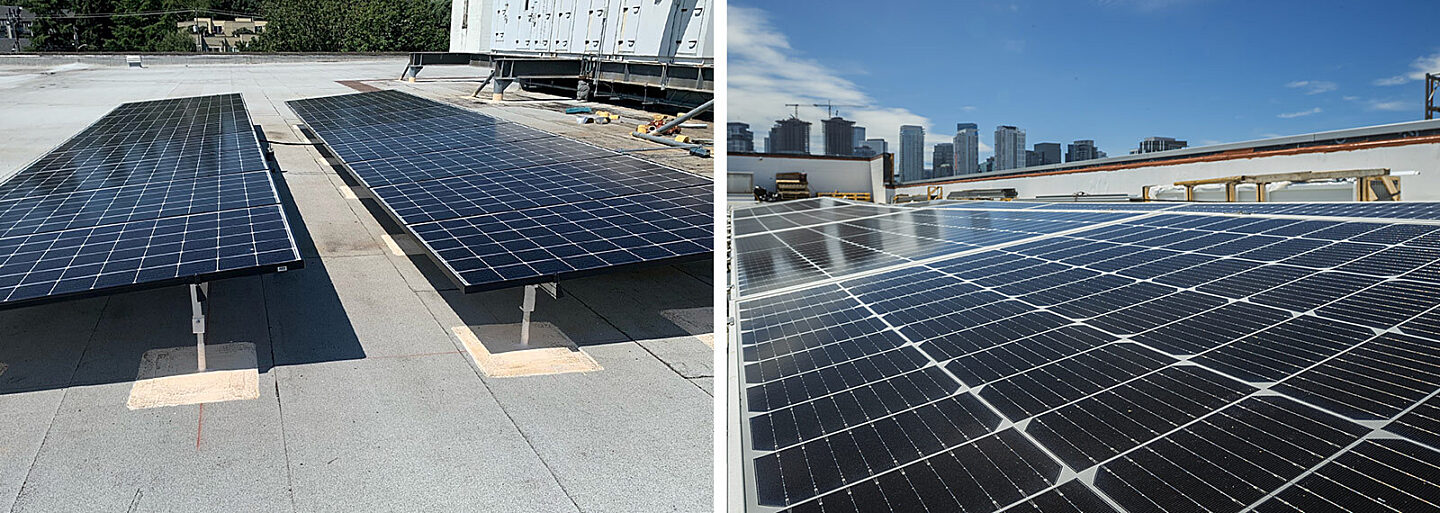
Expect to see more solar panels on buildings large and small in the near future.
Whether solar systems are installed initially or not, every building up to 20 stories must accommodate future solar installations. The minimum is either 40% roof coverage or enough to generate 20% of the needed electrical service [based upon 10 watts of photovoltaic solar per square foot], whichever nets the smaller area.
Corridor lighting needs to reduce power to 50% or less via occupancy sensors within 20 minutes of an occupant leaving the space. Picture the much darker nighttime city skylines!
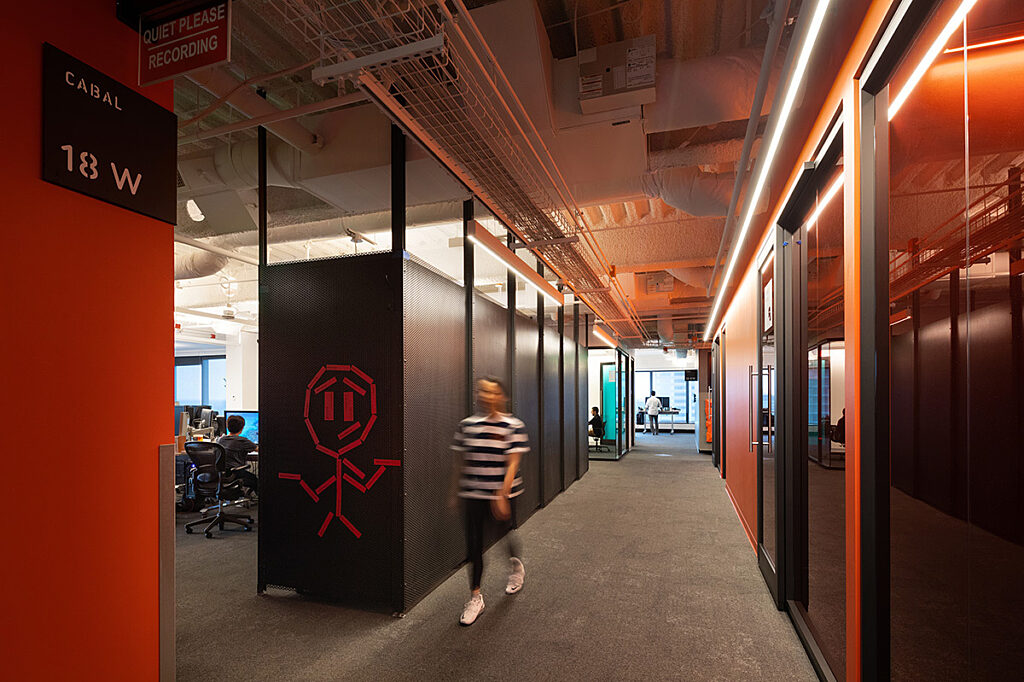
Per the updated code, if a corridor is vacant for more than 20 minutes, lighting power must be automatically reduced to 50% or less.
This is currently in place but not yet well-known or understood. A mid-cycle change to the 2018 Building Code requires charging services on 10% of new parking stalls in garages and surface lots, plus another 10% designed for future installation of charging equipment, or “EV-ready.” For some quick math, in a new 500-car garage that means 50 stalls have charging services and another 50 are EV-ready.
Jurisdictions have some wiggle room, so check to see whether they're enforcing this change and whether requirements apply to all spaces or just structured parking.
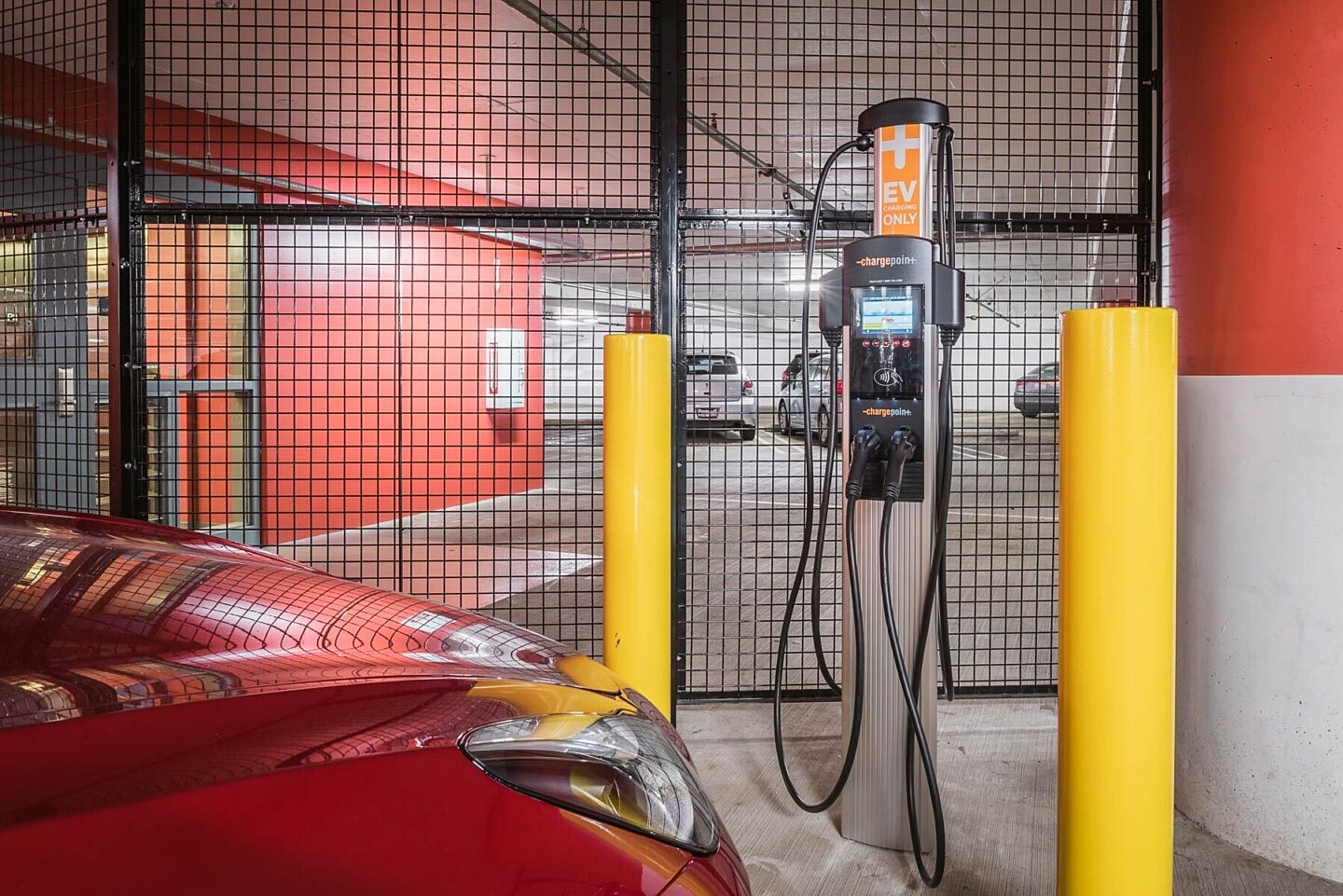
Similar to the increase in solar panels, expect to see more EV-designated parking stalls in next several years.
Here are a few common questions I get about what all this means, and what I recommend.
Always check with your jurisdiction first! Generally speaking, if you submit your initial permit package before July 1, 2023, you will be grandfathered in under the 2018 building codes.
Initial conversations between owner, architect, and builder should clarify the code cycle target. Then you can predict the required building, curtainwall, and MEP systems and work through the cost and sources with your trade partners.
For large commercial projects, air-to-water heat pumps and photovoltaic arrays may see the largest demand surges. The technology for air-to-water heat pumps and their water supplies is in its infancy, which means a higher price tag and fewer suppliers. For greater predictability, we suggest you work with established vendors and address your options as early as possible.
In most situations, yes, initial costs increase. But the endgame is a highly efficient building that requires less energy for heating, lighting, and cooling.
This code applies to the state of Washington and any local jurisdictions who adopt them. Of those who do, many jurisdictions amend the State codes so always check. Other jurisdictions such as Seattle use their own codes.
Understanding the nuances of any energy code these days isn’t easy, but GLY is here to help! Feel free to get in touch with me directly if you’d like to learn more.

Director of MEP Services
P.E.
Erik uses his extensive engineering background to assist with integrating mechanical systems into new and existing buildings. With many years of designing mechanical systems under his belt, he’s proven to be an invaluable asset to our clients—specializing in complex life science, technology, industrial, and healthcare projects. Erik previously lived in Colorado, where he developed an obsession for mountain biking. Now racing competitively, he and his family own 12 bikes, living the principle that the correct amount of bikes to own is n+1, with n being the amount of bikes they currently own.